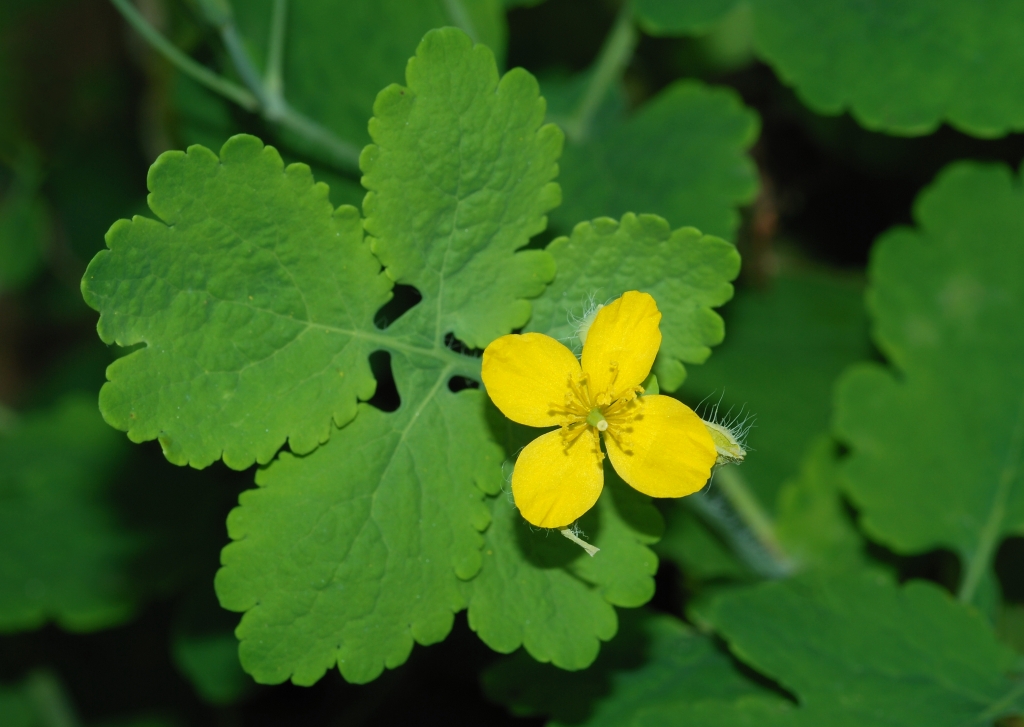[An Archaeologist’s Guide to British Species] #84: Celandine, Greater
In 2024, I am continuing to blog an A-Z compendium of human interactions with species in the British landscape. A list of references for information used in this series can be found here. An index of species covered so far can be found here.

Greater celandine flower, by Alvesgaspar (CC BY-SA 3.0)
Celandine, Greater
Chelidonium majus
A perennial plant of woodlands with four-petalled yellow flowers that give way to long seed pods. The seeds within these have a lipid-rich appendage called an elaiosome which attracts ants, who help disperse the seeds by carrying them back to their nests where the elaiosome is fed to larvae and the seed discarded, a process known as myrmecochory.
If a stem is broken, it exudes a deep-orange latex, which contains toxic isoquinoline alkaloids. It also contains proteolytic enzymes. This was once used as a cure for warts and for sore eyes, and so the plant was occasionally cultivated. Remains of greater celandine were recovered from 16th/17th century deposits at Castle Street, Hull.